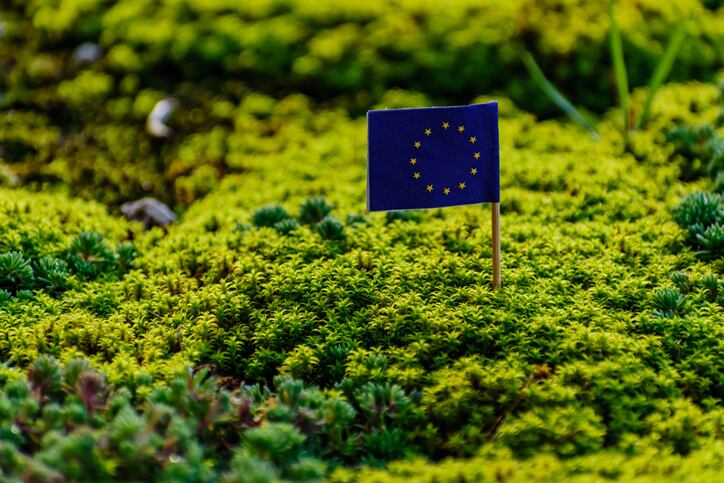Funded by Germany’s Federal Ministry of Education and Research (BMBF), the €1m project aimed to develop sustainable raw materials to use in care products, using water and carbon dioxide (CO2) generated from an artificial photosynthesis model. The project formed part of one of Germany’s biggest research initiatives in the area of energy transition ‘Kopernikus’ and came under the P2X II project within this.
'We can close the carbon cycle'
“By using carbon dioxide as the starting material for the production of valuable raw materials, we can close the carbon cycle – exactly as demonstrated by nature with photosynthesis,” said Thomas Hass, lead on artificial photosynthesis at Evonik.
The technology to develop the artificial photosynthesis model had already been funded under a separate BMBF project ‘Rheticus’, with industrial manufacturing conglomerate Siemens. The two companies recently entered phase two of the project which looked at the creation of butanol and hexanol from CO2 and water using the artificial photosynthesis model.
Haas said this latest partnership with Beiersdorf was an opportunity to expand potential of specialty materials from this technology. “With Beiersdorf, we have a partner who is joining us in extending the value chain to include sustainable CO2-based products – in the interests of the consumer,” he said.
A ‘climate positive’ agenda for personal care
Dr. May Shana, corporate senior vice president of research and development at Beiersdorf, said the research projected fitted “perfectly” with Beiersdorf’s sustainability agenda.
The company, Shana said, was “pursuing a vision of becoming climate positive” and wanted to play its part in “closing the carbon cycle”.
If this research project enabled the company to use CO2 as a source for raw materials in its care products, she said it would not only reduce Beiersdorf’s carbon footprint but also reduce land use for renewable resources.
“Together with Evonik, we are determining which raw materials can be produced with the aid of artificial photosynthesis and could potentially be suitable for our care products,” she said.
“While this has already been observed in the early stages of a number of other industries, this application is in its infancy in the cosmetics industry. We are therefore especially proud to be entering into this research partnership.”
Earlier this year, Beiersdorf’s chairman and CEO Stefan De Loecker told investors on the company’s annual 2019 earnings call that climate change was “one of the greatest challenges of our time”.
De Loecker outlined Beiersdorf’s priority to continue with its CARE+ strategy – a concept to develop business with ‘courage, aspiration, responsibility and empathy’ – no matter what; sentiments reiterated this month in the company’s Q1 earnings call. In its latest financial update, he told investors: “We remain committed to CARE+ resolutely, without compromise.”
A carbon capture future for beauty?
Last year, Monique Large, futurologist and founder of trend consultation firm Pollen Consulting, discussed the opportunities of carbon capture for the beauty category.
Large said that, whilst a significant way off and currently mere “fiction” for cosmetics largely due to cost, there could be room for a future where personal care and cosmetics companies incorporated captured carbon as a material into products.
“Carbon catching is emerging, but it’s estimated to be a $6 trillion market, so it’s something really huge that’s coming,” she said. “…It’s important to question our consumption and our quest to decarbonise and to lower the pressure of consumerism,” Large said.




